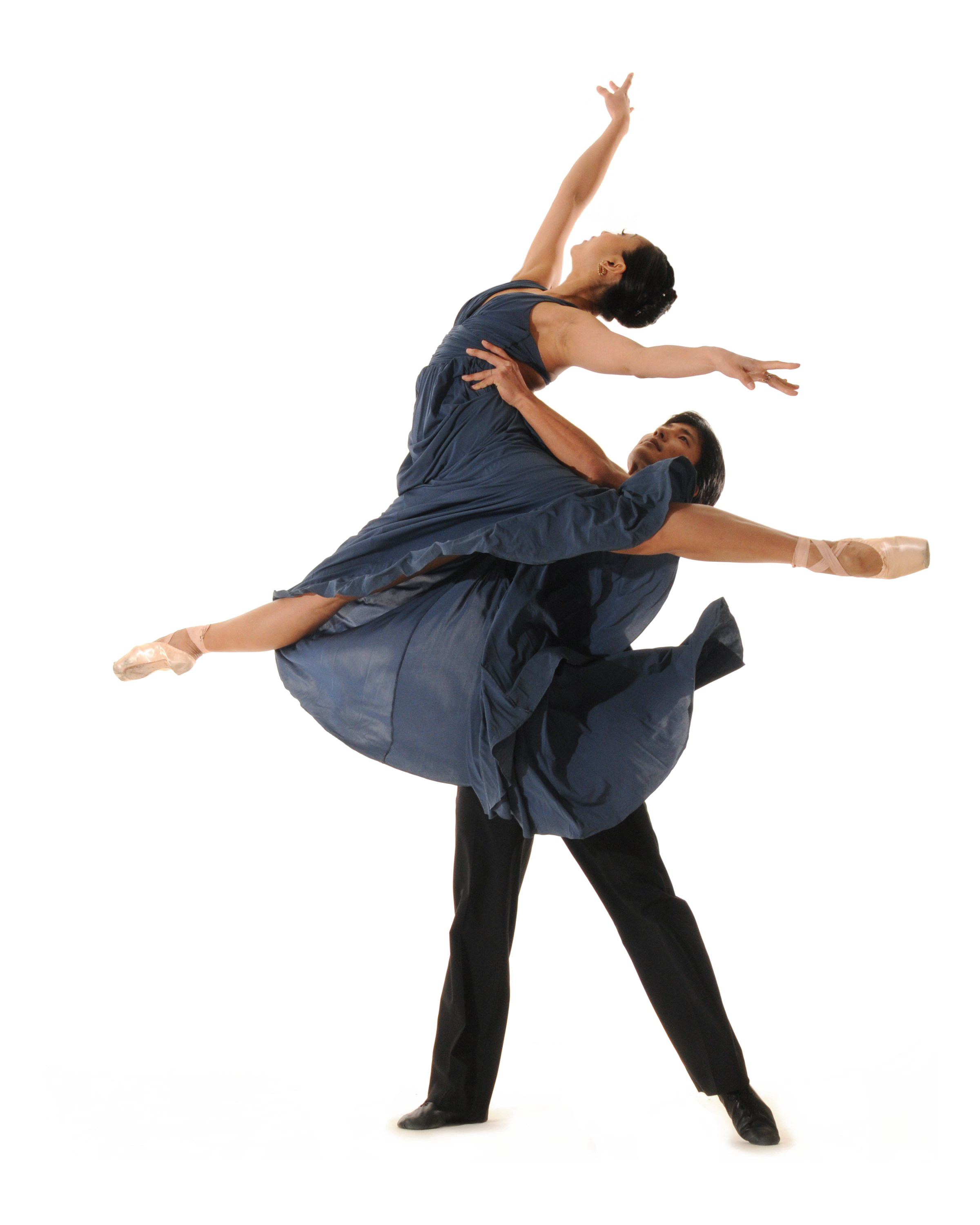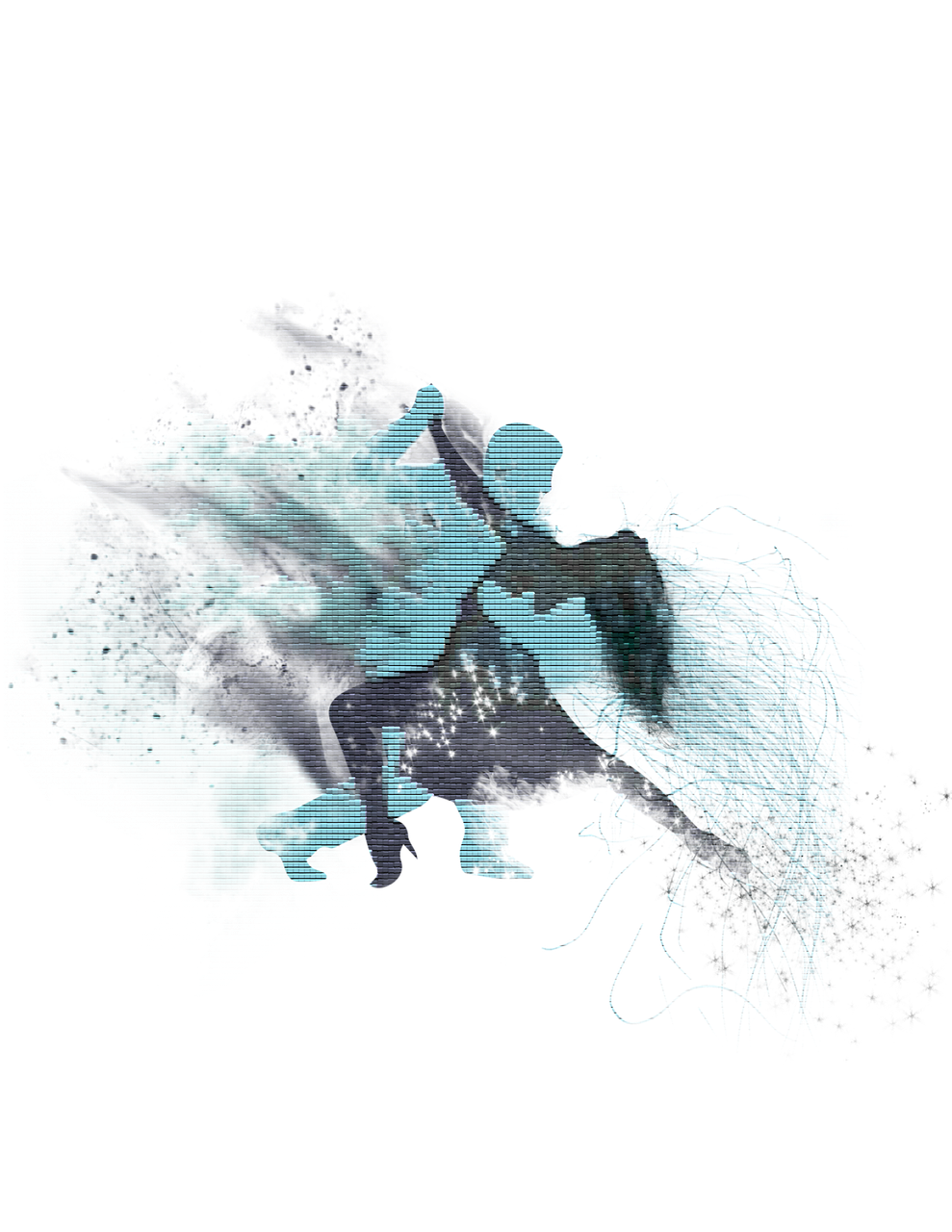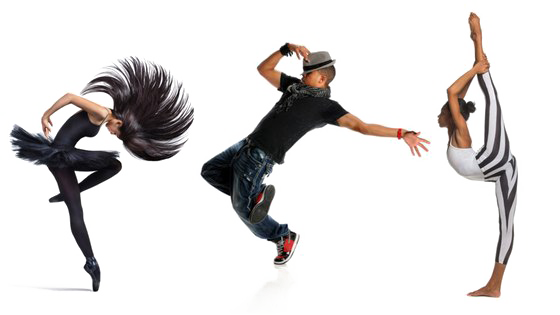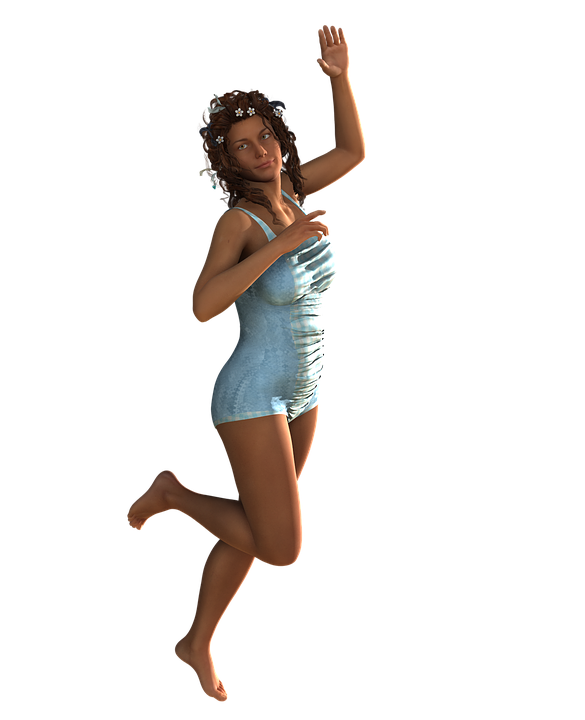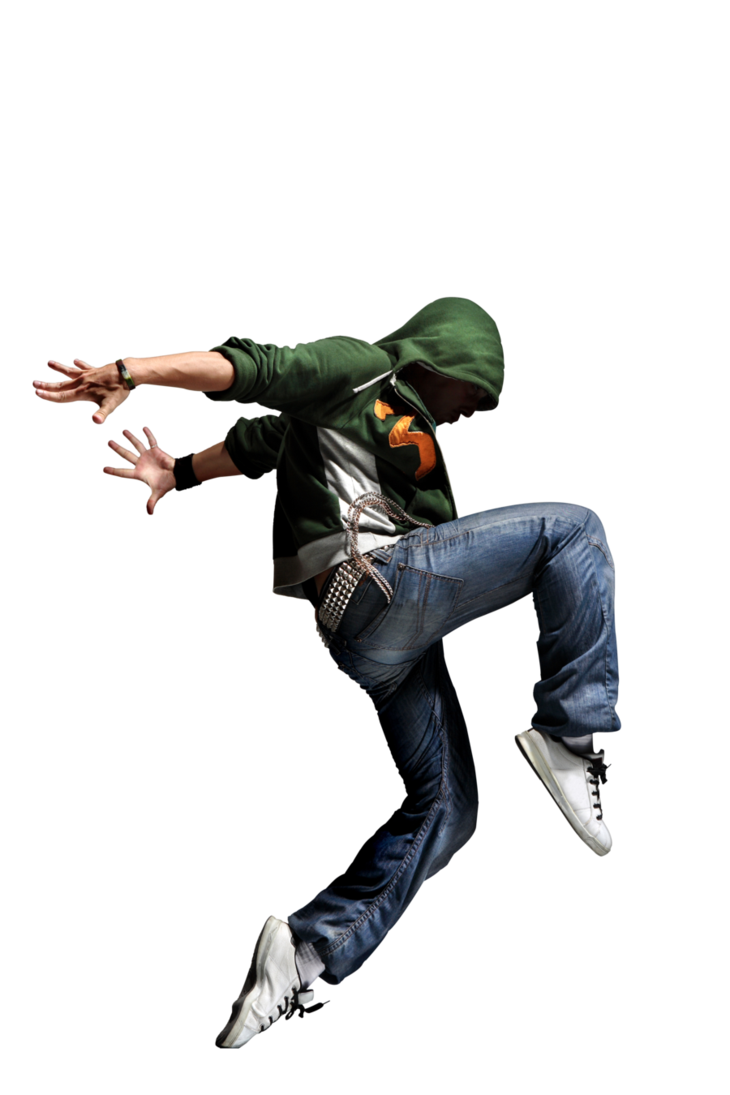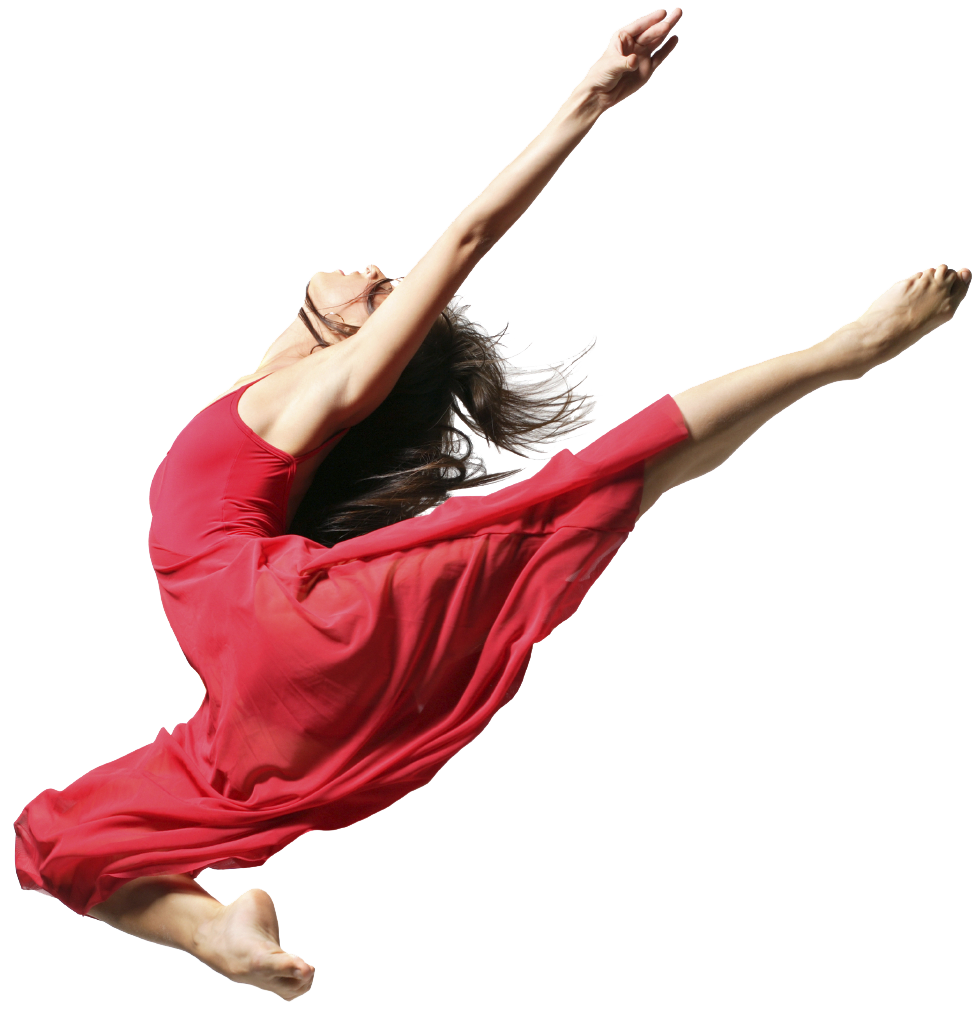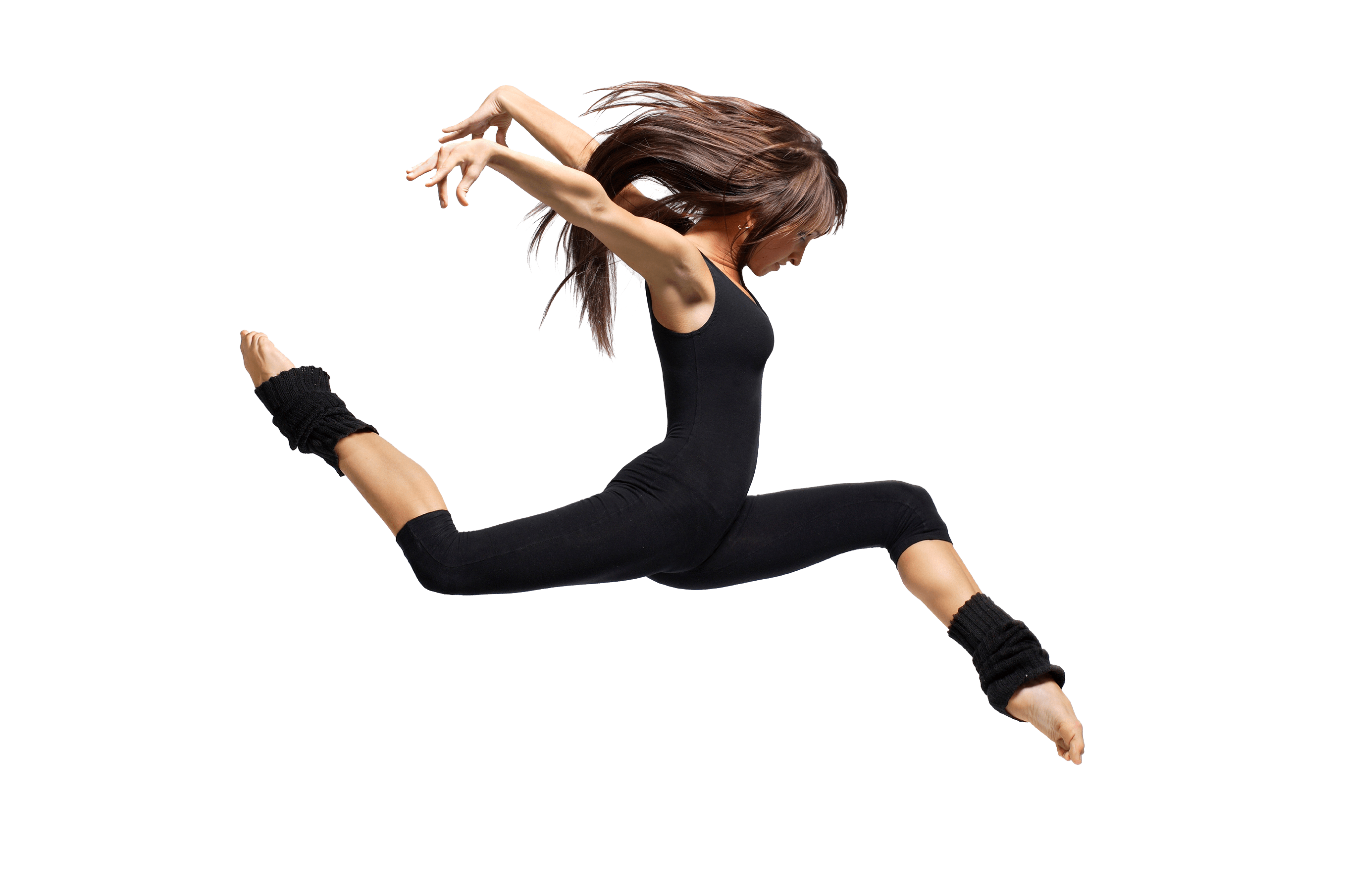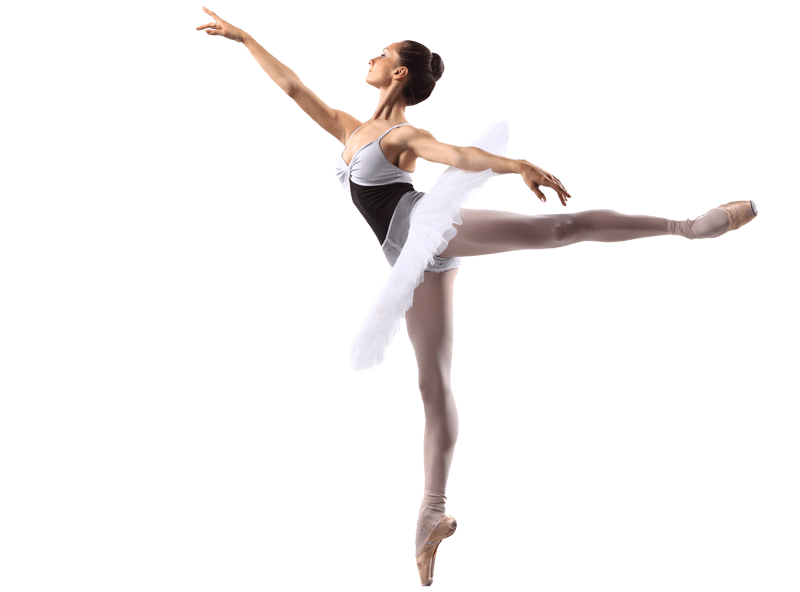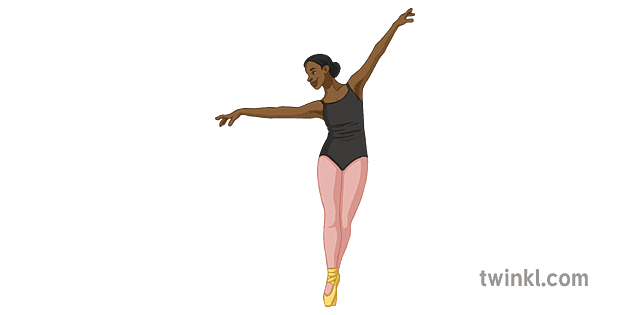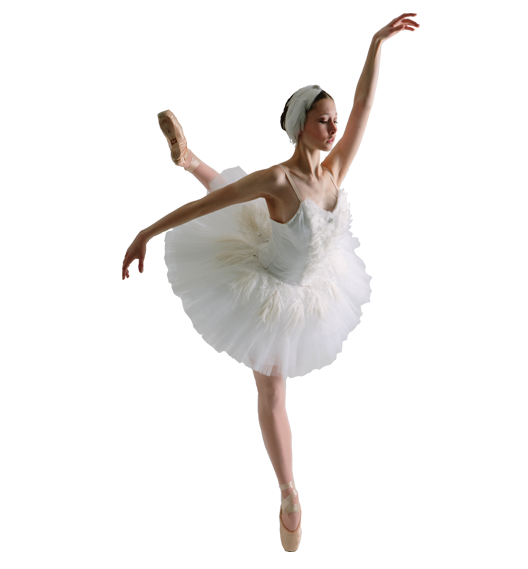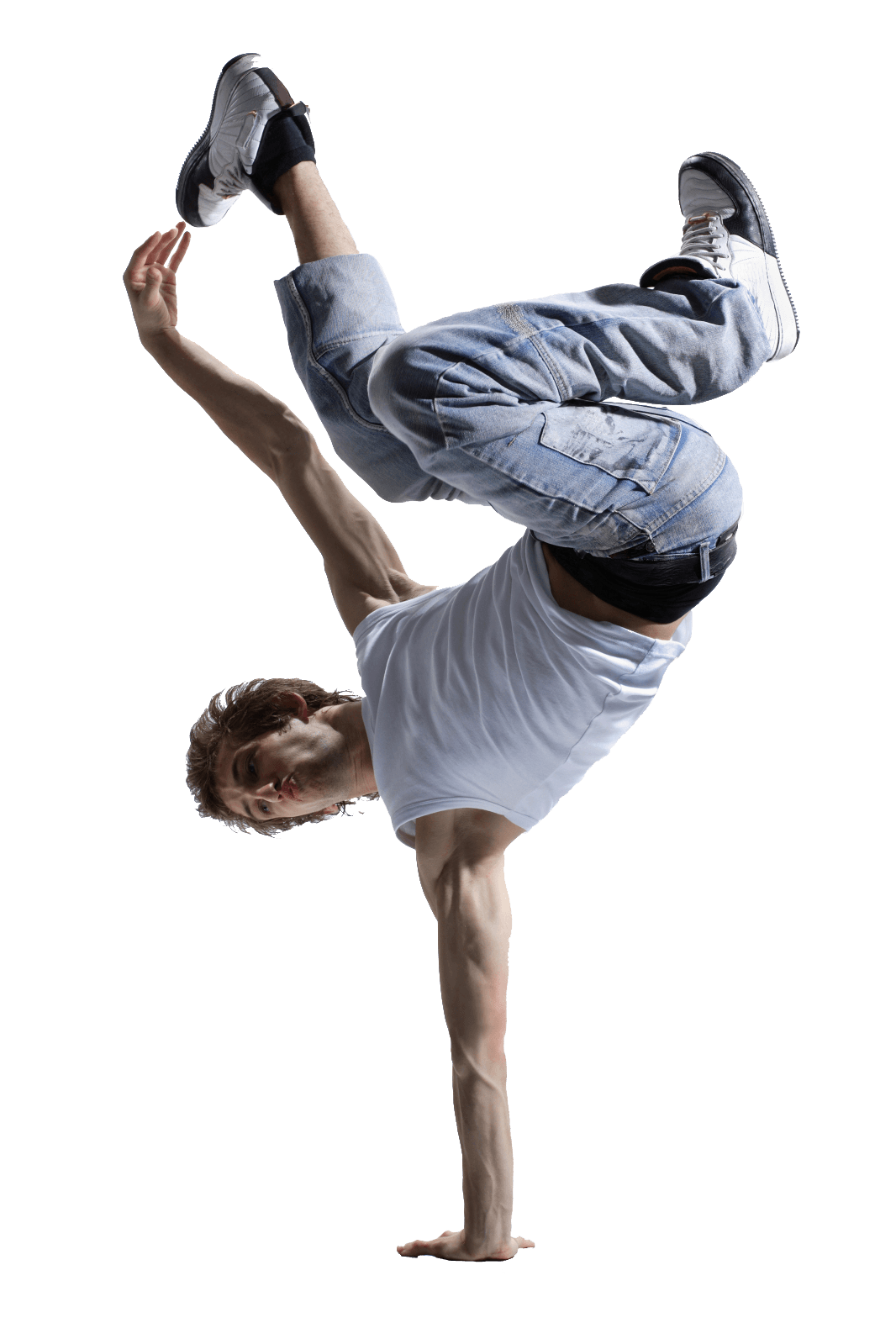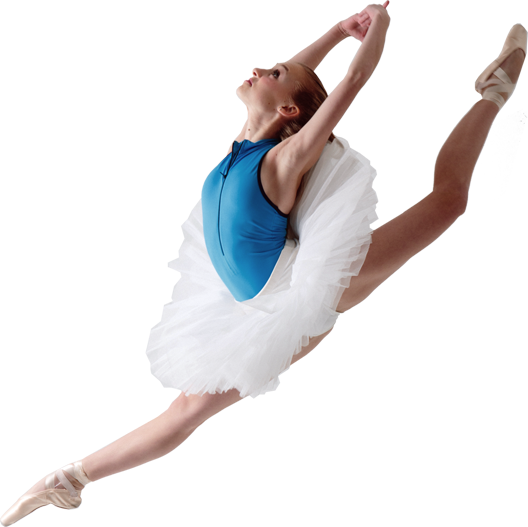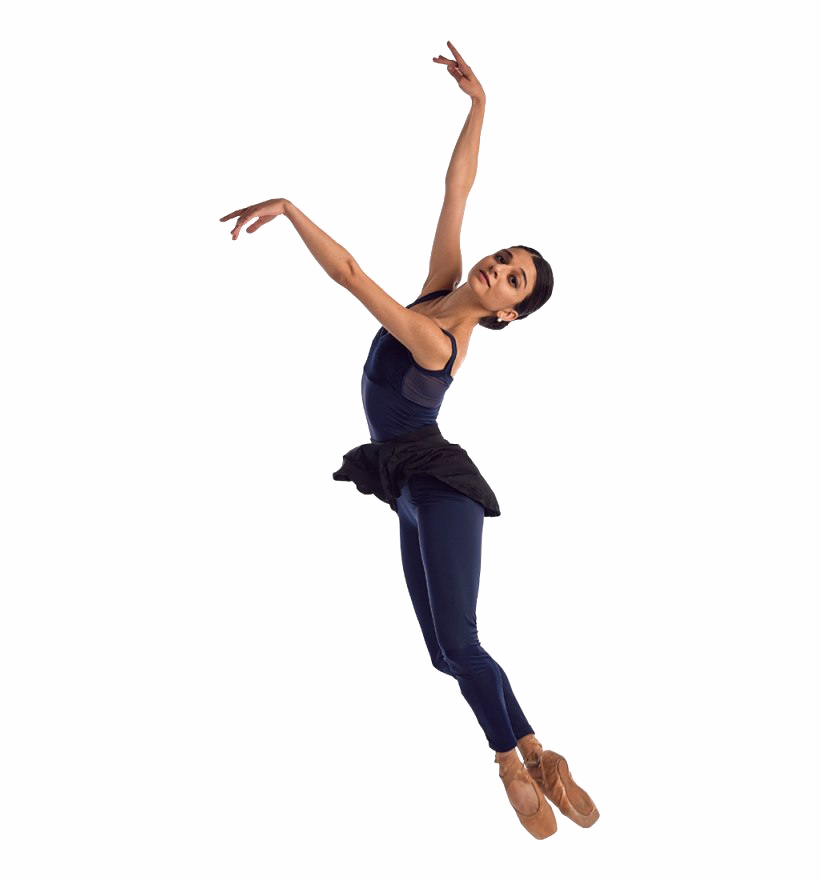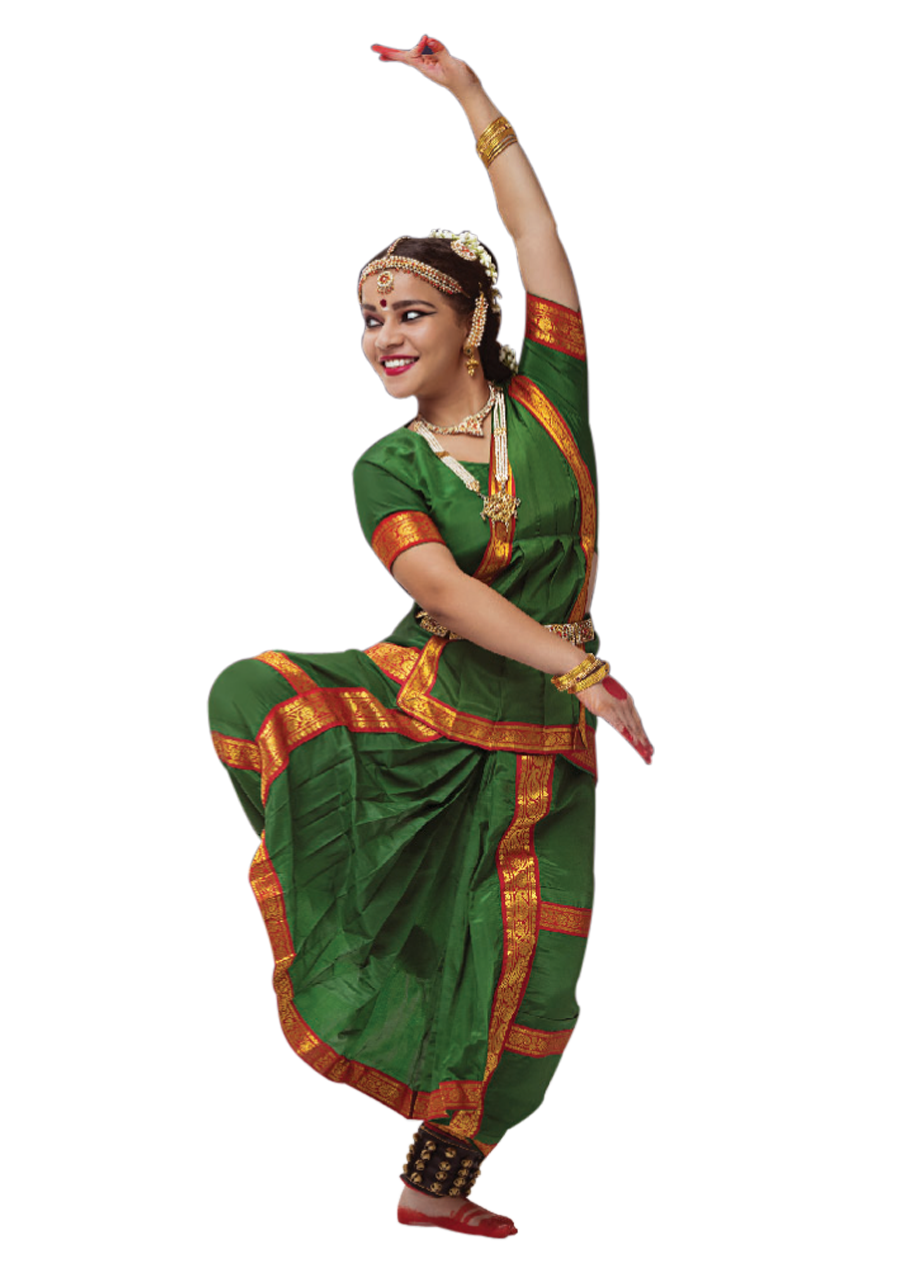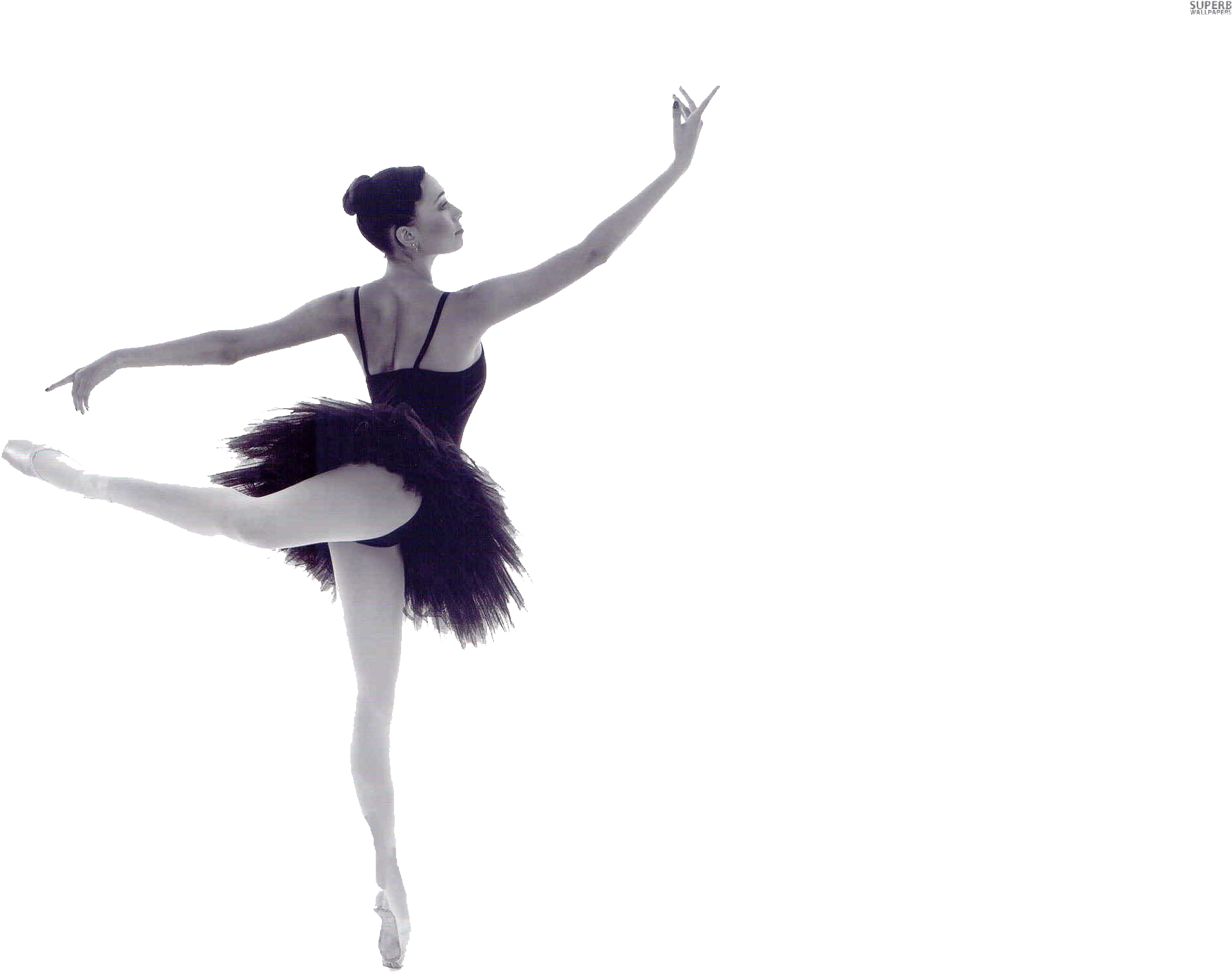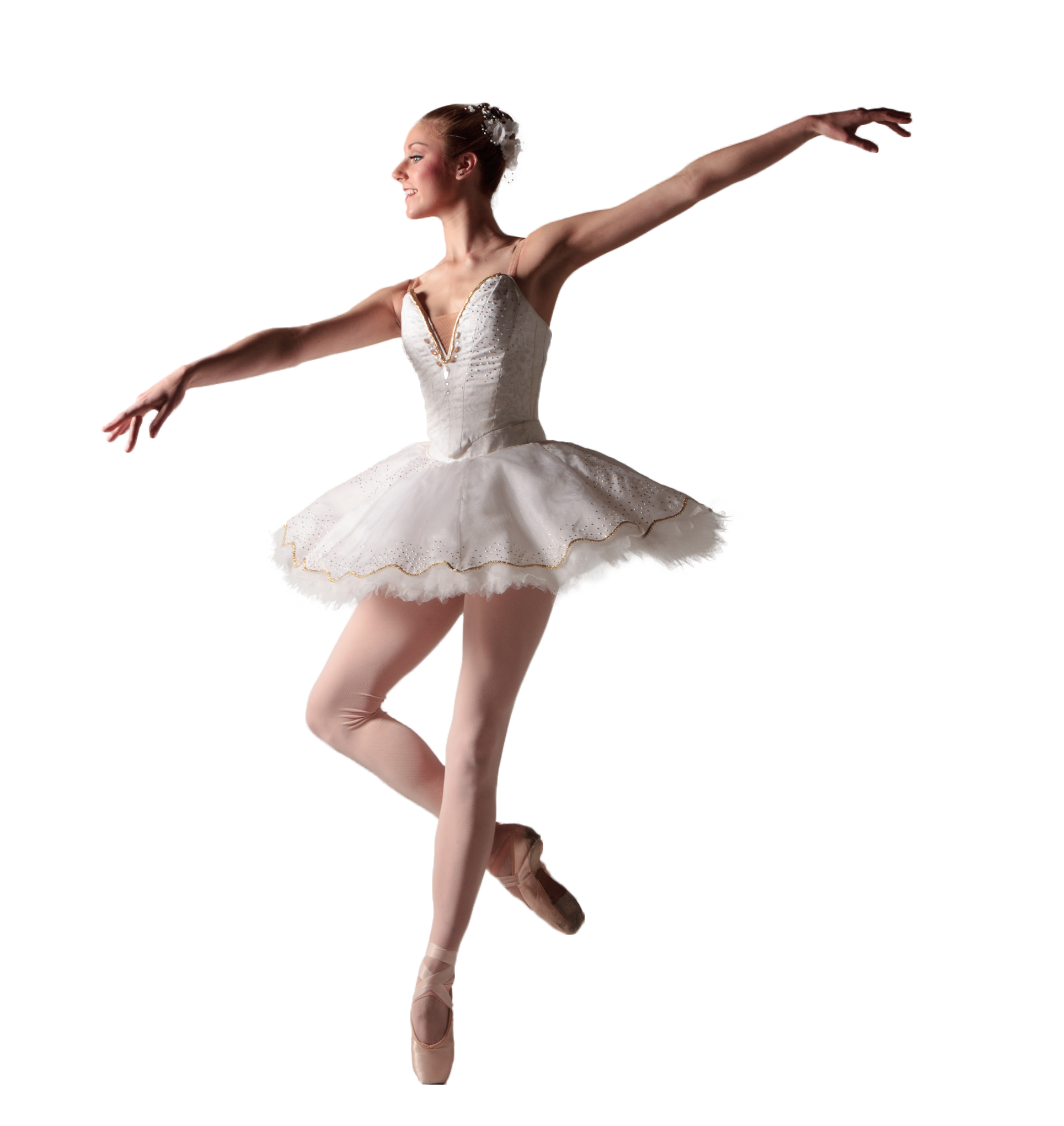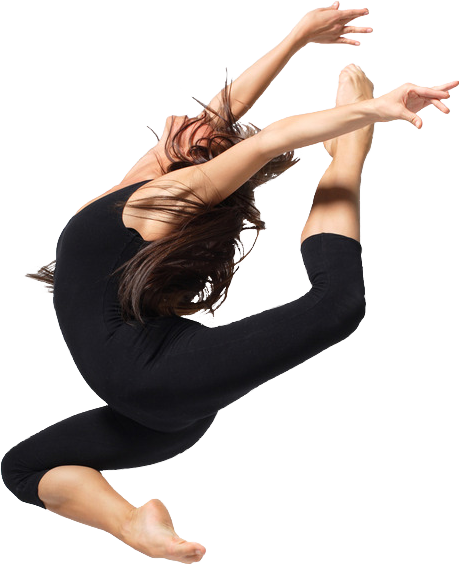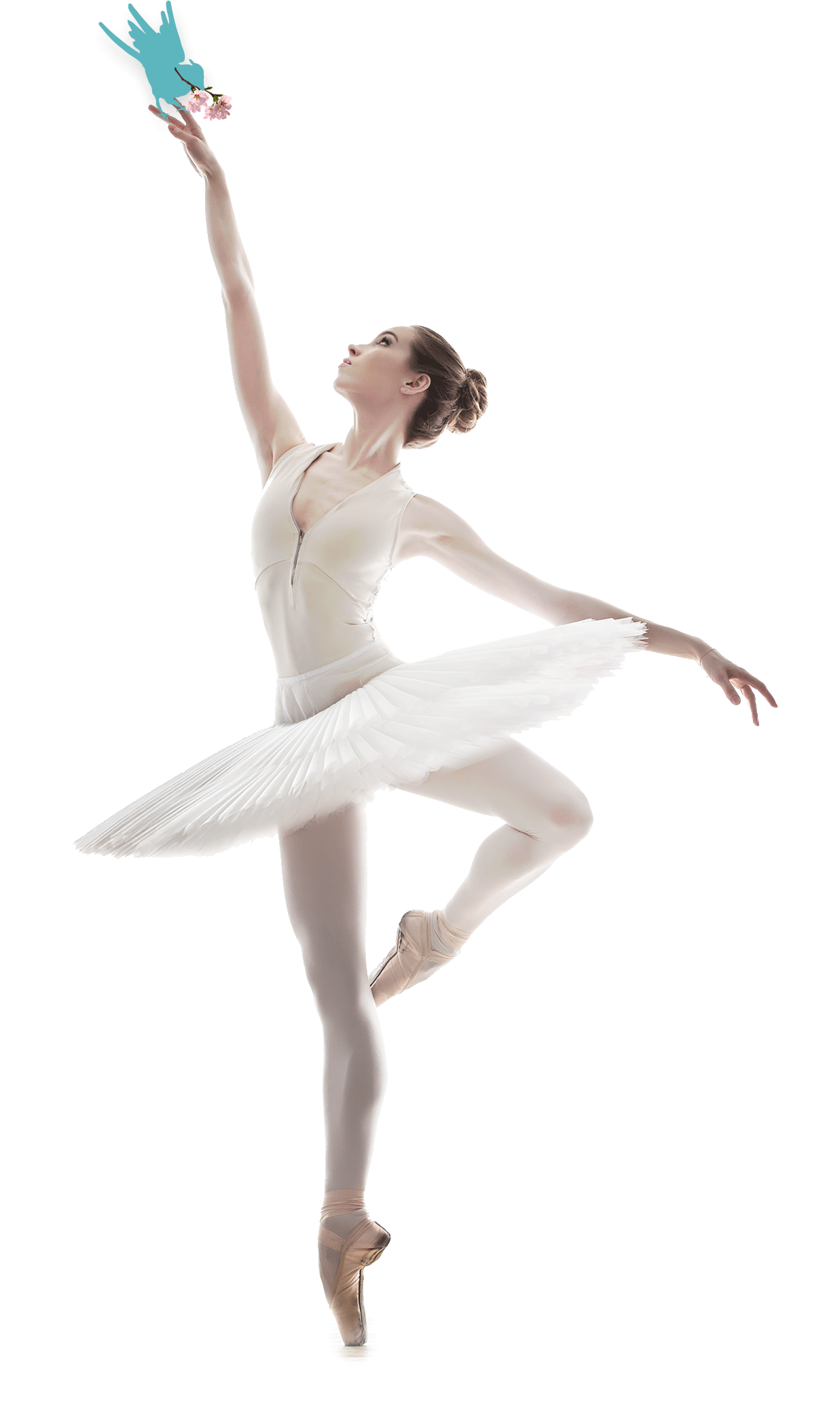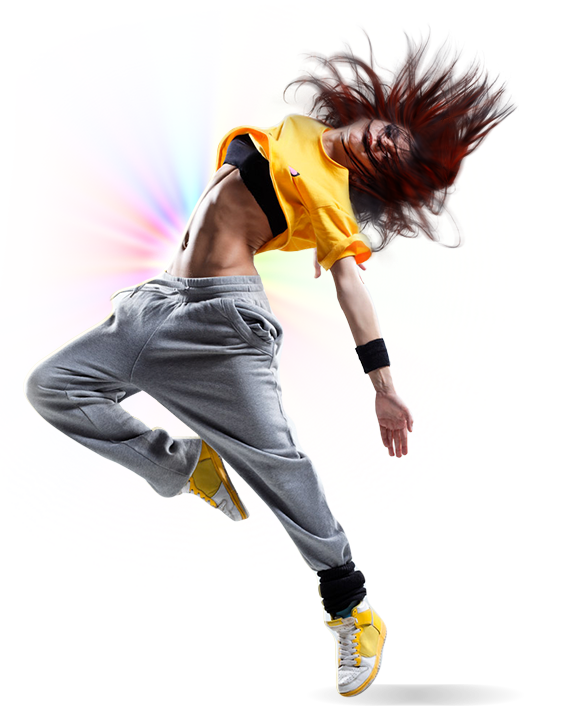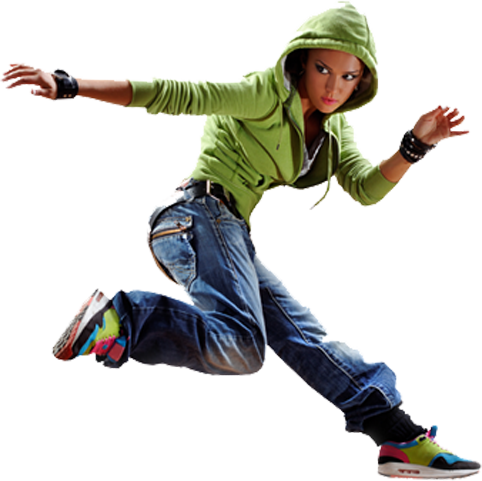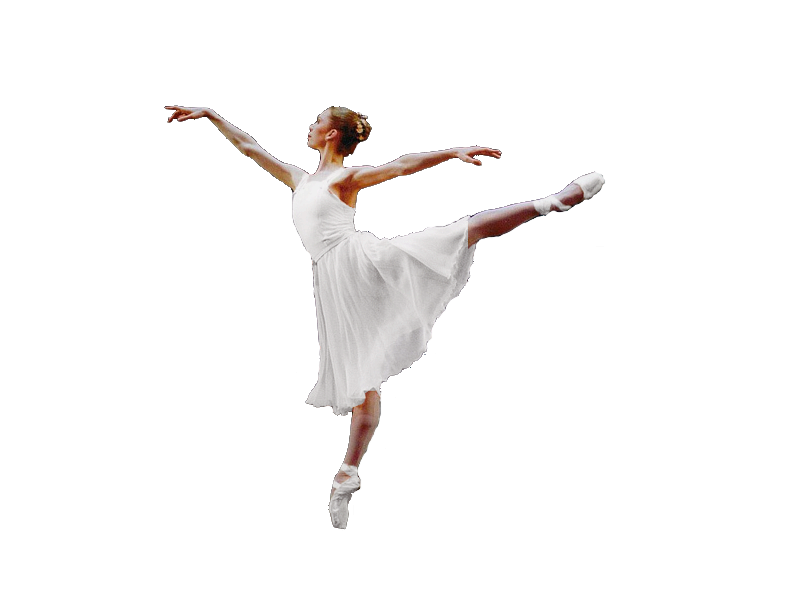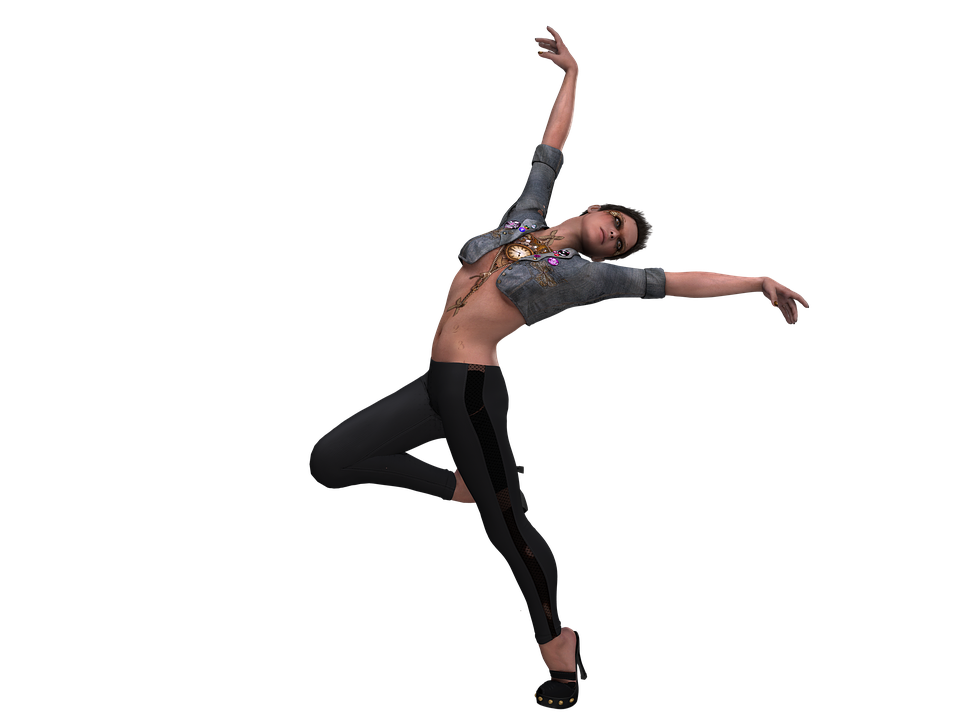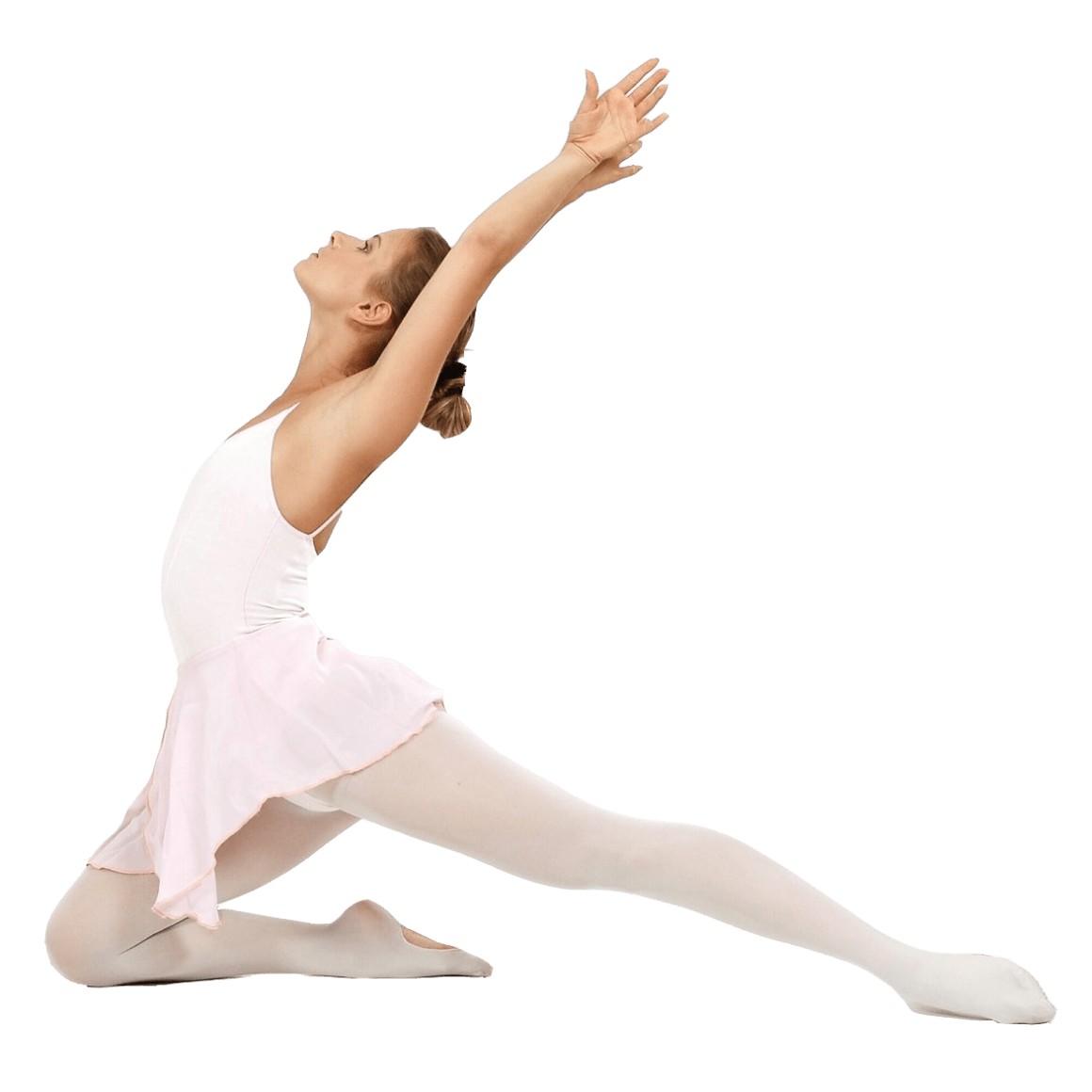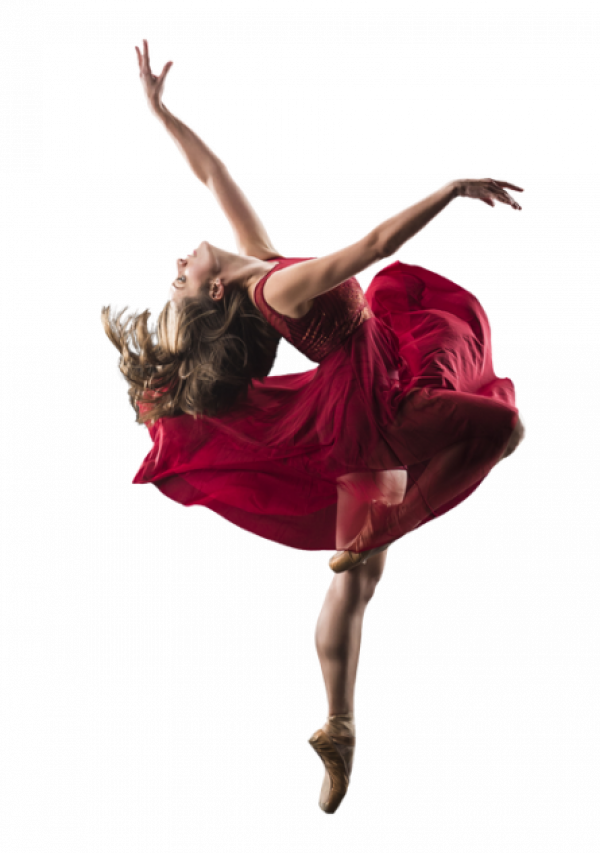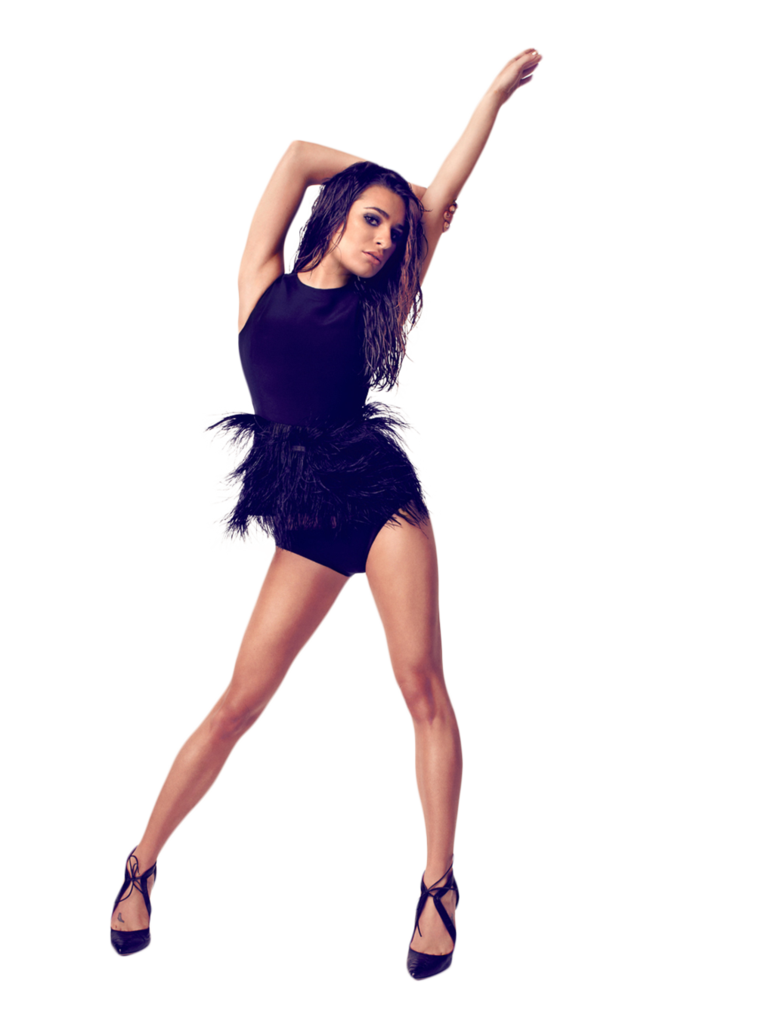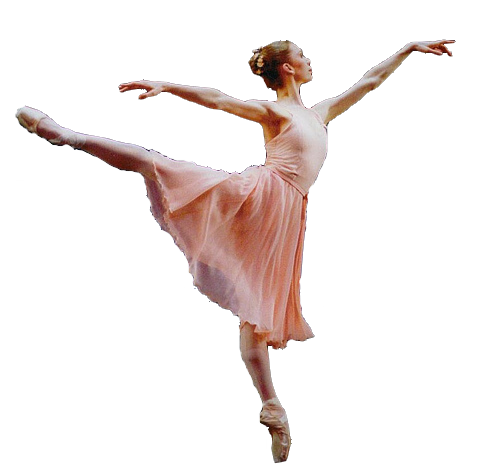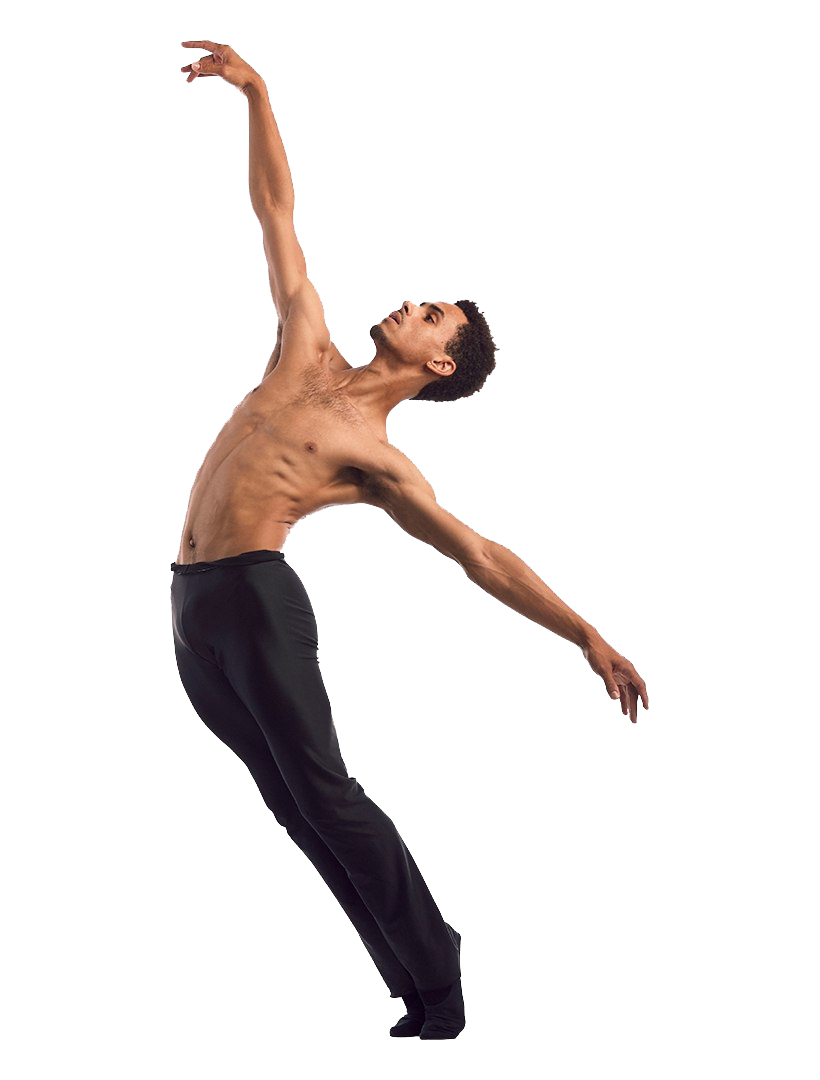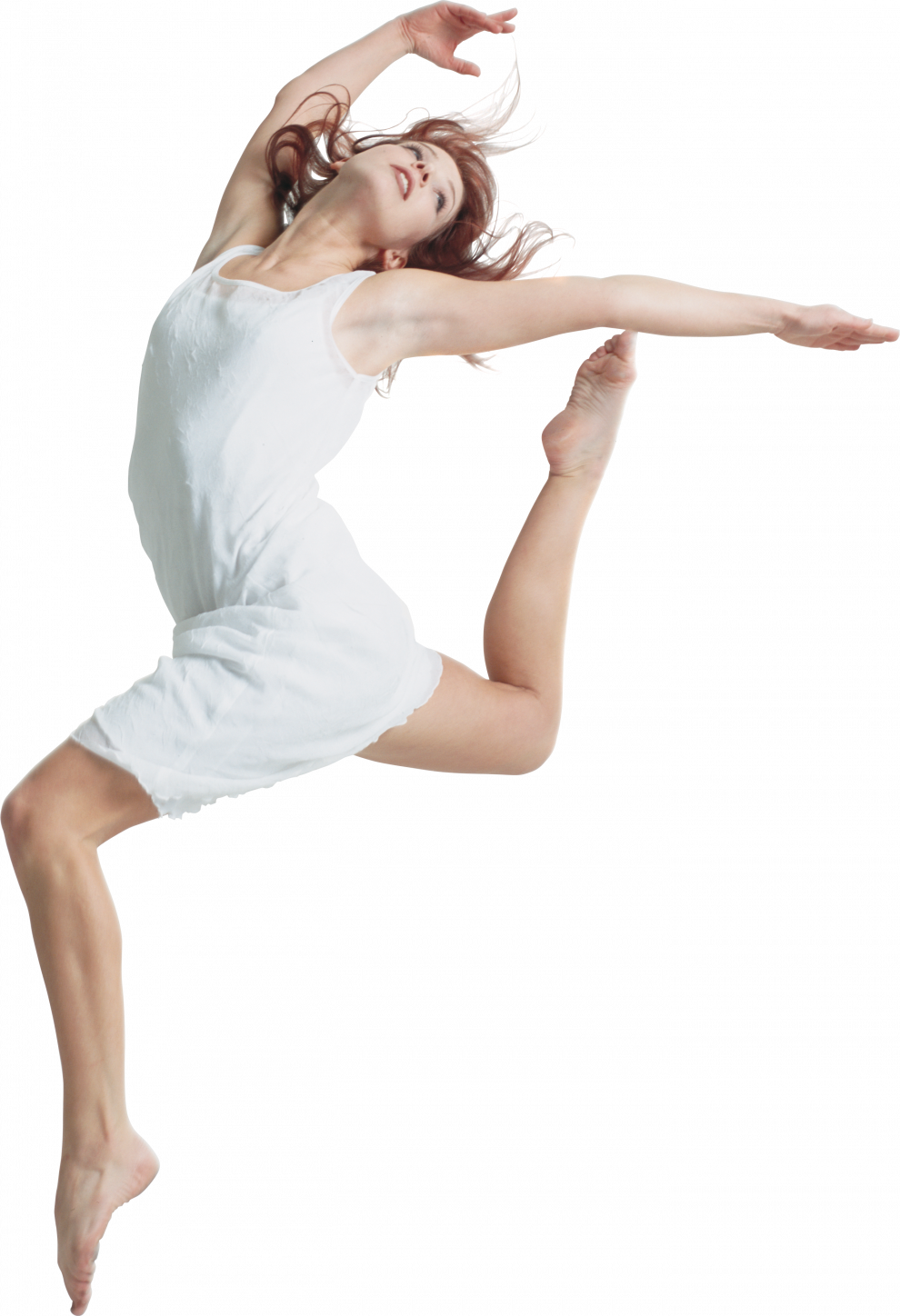Download top and best high-quality free Dancer PNG Transparent Images backgrounds available in various sizes. To view the full PNG size resolution click on any of the below image thumbnail.
License Info: Creative Commons 4.0 BY-NC
Dance is a genre of performance art that consists of improvisational or pre-planned movement routines. This trend has both aesthetic and symbolic significance. Dance can be classified and characterized based on its choreography, movement repertory, or historical time or location of origin.
Although these two categories are not necessarily fully separate, there is a distinction to be made between the settings of theatrical and participation dance; each can have unique roles, whether social, ceremonial, competitive, sensual, martial, or sacred/liturgical. More kinds of human movement, such as martial arts, gymnastics, cheerleading, figure skating, synchronized swimming, marching bands, and many other sports, are frequently claimed to have a dance-like feel.
Theatrical dance, often known as performance or concert dance, is primarily meant as a spectacle, generally with virtuoso dancers performing on a stage. It frequently presents a tale using mime, costume, and scenery, or it just interprets the musical accompaniment, which is frequently particularly written. Western ballet and modern dance, classical Indian dance like Bharatanatyam, and Chinese and Japanese song and dance plays like Dragon dance are all examples. Although most traditional forms focus only on dance, performance dance may also be seen in opera and other forms of musical theater.
Participatory dance, on the other hand, whether it’s a folk dance, a social dance, a group dance like a line, circle, chain, or square dance, or a partner dance like Western ballroom dancing, is done primarily for a common purpose, such as social interaction or exercise, or to build flexibility in participants, rather than to benefit onlookers. A story is rarely included in this type of dance. A social partner dance and a pas de deux are vastly different from a group dance and a corps de ballet. Even a solo dance might be performed entirely for the dancer’s enjoyment. Participatory dancers frequently use the same moves and steps, although with electronic dance music’s rave culture, large audiences may participate in free dance, uncoordinated with others around them. On the other hand, some cultures have stringent restrictions about which dances men, women, and children are allowed or required to engage in.
9,000-year-old paintings at India’s Rock Shelters of Bhimbetka, as well as Egyptian tomb paintings portraying dancing figures dated around 3300 BC, provide evidence for early dance. Dance, it has been suggested, was an integral element of the oral and performance means of passing stories down from one generation to the next before written languages were invented. Another early component in the social evolution of dance is the employment of dancing in euphoric trance states and healing rituals (as seen today in many modern “primitive” societies, from the Brazilian jungle to the Kalahari Desert).
Greek dancing (horos) is mentioned by Plato, Aristotle, Plutarch, and Lucian in very early documented history. Many events linked to dancing are mentioned in the Bible and Talmud, and there are over 30 different dance terminology. Groups of people are pictured dancing in a line holding hands in Chinese ceramics dating back to the Neolithic period, and the earliest Chinese term for “dance” is found engraved in oracle bones. The Lüshi Chunqiu goes into much detail about dance. In ancient China, primitive dancing was related with sorcery and shamanic rites.
Download Dancer PNG images transparent gallery
- Dancer Ballet PNG Photo
Resolution: 2400 × 3000
Size: 1926 KB
Image Format: .png
Download
- Dancer PNG Image
Resolution: 989 × 1280
Size: 1131 KB
Image Format: .png
Download
- Dancer PNG Photo
Resolution: 560 × 315
Size: 127 KB
Image Format: .png
Download
- Dancer Silhouette
Resolution: 1600 × 3416
Size: 82 KB
Image Format: .png
Download
- Dancer PNG Cutout
Resolution: 585 × 720
Size: 142 KB
Image Format: .png
Download
- Dancer PNG Images
Resolution: 730 × 1095
Size: 335 KB
Image Format: .png
Download
- Dancer Hip Hop PNG Photo
Resolution: 979 × 1012
Size: 548 KB
Image Format: .png
Download
- Dancer Silhouette PNG
Resolution: 660 × 980
Size: 19 KB
Image Format: .png
Download
- Dancer Transparent
Resolution: 2716 × 1810
Size: 442 KB
Image Format: .png
Download
- Dancer Ballet PNG Cutout
Resolution: 800 × 592
Size: 33 KB
Image Format: .png
Download
- Dancer PNG Clipart
Resolution: 512 × 512
Size: 6 KB
Image Format: .png
Download
- Dancer Ballet PNG Images
Resolution: 630 × 315
Size: 6 KB
Image Format: .png
Download
- Dancer Silhouette PNG Pic
Resolution: 2830 × 2830
Size: 110 KB
Image Format: .png
Download
- Dancer Silhouette PNG File
Resolution: 940 × 720
Size: 20 KB
Image Format: .png
Download
- Dancer Silhouette PNG Image
Resolution: 640 × 615
Size: 15 KB
Image Format: .png
Download
- Dancer Silhouette PNG Photo
Resolution: 1024 × 825
Size: 14 KB
Image Format: .png
Download
- Dancer Ballet PNG Photos
Resolution: 528 × 569
Size: 106 KB
Image Format: .png
Download
- Dancer Ballet Transparent
Resolution: 1066 × 1599
Size: 268 KB
Image Format: .png
Download
- Dancer PNG HD Image
Resolution: 512 × 512
Size: 7 KB
Image Format: .png
Download
- Dancer Silhouette PNG Cutout
Resolution: 1833 × 2390
Size: 57 KB
Image Format: .png
Download
- Dancer Ballet
Resolution: 528 × 527
Size: 154 KB
Image Format: .png
Download
- Dancer Ballet PNG File
Resolution: 820 × 880
Size: 157 KB
Image Format: .png
Download
- Dancer PNG Photos
Resolution: 900 × 1264
Size: 636 KB
Image Format: .png
Download
- Dancer PNG Picture
Resolution: 1751 × 1381
Size: 554 KB
Image Format: .png
Download
- Dancer Ballet PNG Clipart
Resolution: 1929 × 2041
Size: 879 KB
Image Format: .png
Download
- Dancer Hip Hop PNG Cutout
Resolution: 460 × 565
Size: 218 KB
Image Format: .png
Download
- Dancer PNG Image HD
Resolution: 1237 × 2093
Size: 346 KB
Image Format: .png
Download
- Dancer Hip Hop PNG Images
Resolution: 562 × 711
Size: 490 KB
Image Format: .png
Download
- Dancer Hip Hop PNG Photos
Resolution: 777 × 629
Size: 164 KB
Image Format: .png
Download
- Dancer Hip Hop
Resolution: 482 × 481
Size: 204 KB
Image Format: .png
Download
- Dancer
Resolution: 800 × 600
Size: 88 KB
Image Format: .png
Download
- Dancer PNG
Resolution: 3200 × 4809
Size: 4145 KB
Image Format: .png
Download
- Dancer Hip Hop PNG
Resolution: 960 × 720
Size: 136 KB
Image Format: .png
Download
- Dancer PNG Pic
Resolution: 1160 × 1160
Size: 129 KB
Image Format: .png
Download
- Dancer Ballet PNG
Resolution: 600 × 853
Size: 325 KB
Image Format: .png
Download
- Dancer Hip Hop PNG Pic
Resolution: 585 × 631
Size: 54 KB
Image Format: .png
Download
- Dancer Hip Hop PNG File
Resolution: 774 × 1033
Size: 280 KB
Image Format: .png
Download
- Dancer Hip Hop PNG Image
Resolution: 500 × 500
Size: 38 KB
Image Format: .png
Download
- Dancer Ballet PNG Pic
Resolution: 500 × 468
Size: 130 KB
Image Format: .png
Download
- Dancer Ballet PNG Image
Resolution: 820 × 1080
Size: 211 KB
Image Format: .png
Download
- Dancer PNG File
Resolution: 990 × 1448
Size: 824 KB
Image Format: .png
Download
